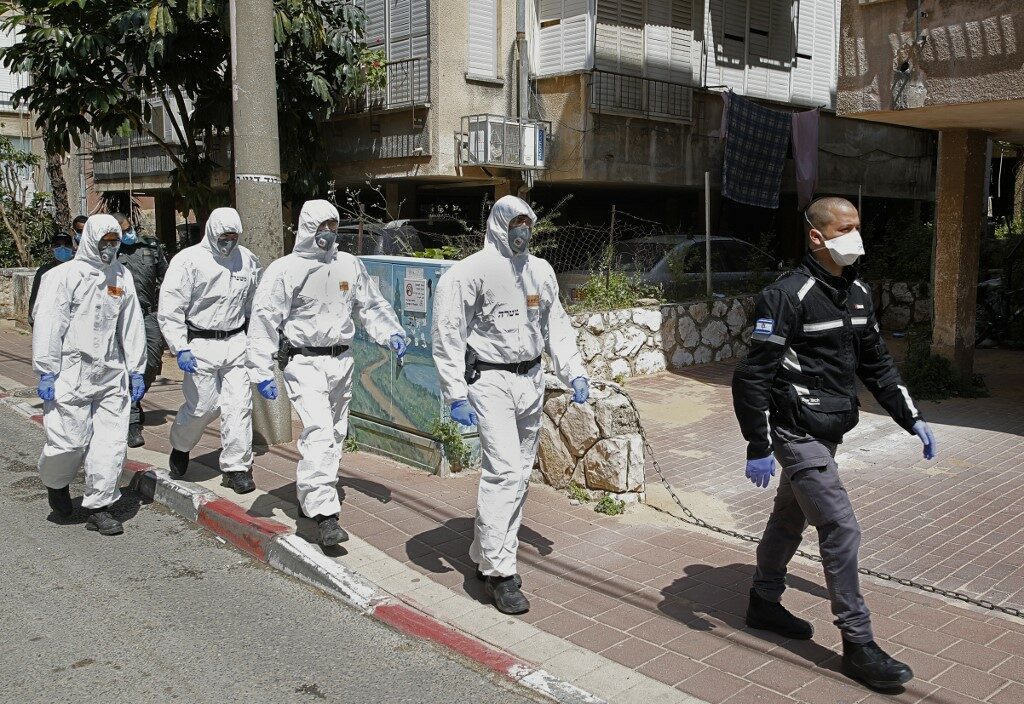Israel’s Health Ministry designated Bnei Brak as a “red” city, meaning it has a high number of coronavirus patients and thus is considered to be dangerous. According to the new “traffic light” agreement put forth by Ronni Gamzu, which was accepted by the Government on Monday, any city designated as a “red” zone will have numerous consequences and restrictions placed upon it.
Thus far, there are 25 cities in Israel listed as “red” cities due to the high infection rate of COVID-19 patients in the city. The cities include Tevaria, Beitar Illit, Rechasim, Immanuel, Tira, Daliat al-Carmel, Ein Mahul, Kfar Qassem, Assafiya, Sha’ar HaNegev, Kfar Kana, Zemer, al-Batuf, Lakiya, Beit Jean, I’billin, Ma’aleh Iron, Kfar Bara, Jaljuliya, Nahal Sorek, Ka’abiyye-Tabbash-Hajajre, Jadeidi-Makr, Umm al-Fahm, and Jat.
On Monday, Bnei Brak wasn’t listed among the others as a “red” city. Gamzu stated that Bnei Brak was borderline between orange and red, but on Tuesday the city was declared red.
The restrictions that are placed on red cities include a cessation of school studies, something that Bnei Brak is direly trying to avoid.
Bnei Brak is the second city in the country to have reached a 5 digit infection rate as an additional 506 people in the city contracted Corona over the last few days, bringing the total number of infected people in the city to 10,002. With a population of 200,000, the statistics show that one in 20 people in the city is infected with Corona.
Following the announcement that Bnei Brak is considered a “red” city, Mayor of Bnei Brak Avraham Rubinstein said that “The municipality is working tirelessly to increase the number of tests carried out in the city. Thus far we are testing hundreds of people each day. We will continue to work in every way possible to shrink the number of infected people in the city. We will heal the city. We are making an improvement.”
(YWN Israel Desk – Jerusalem)











